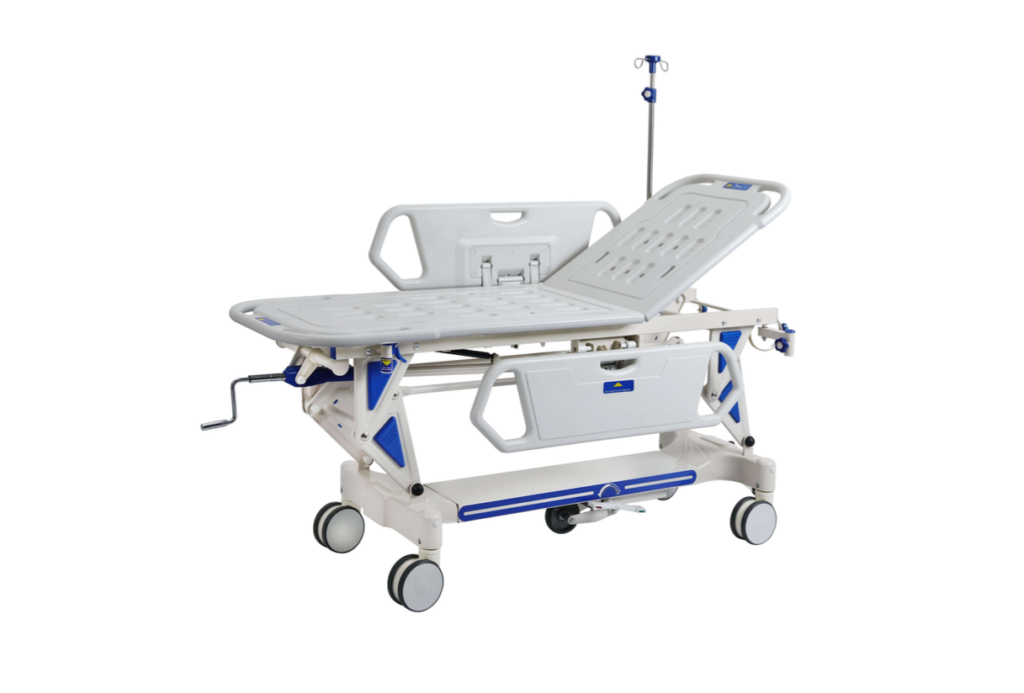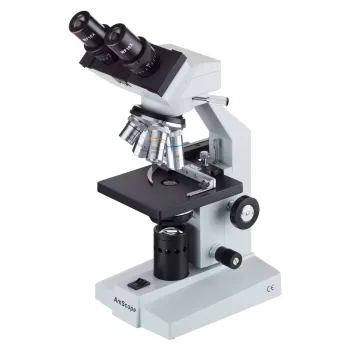Transfer Bed Stretcher
Transfer stretchers, also known as patient transport stretchers, are primarily used to safely move patients between different locations, such as from a bed to a wheelchair, or from one room to another within a healthcare facility. They are designed for both routine patient transfers and emergency situations, ensuring safe and efficient mobility.
Here’s a more detailed look at their uses:
1. Routine Patient Transfers:
-
Moving patients between beds, treatment areas, and diagnostic rooms:Transfer stretchers facilitate the movement of patients who may be unable to walk or require assistance, making it easier for healthcare staff to move patients within a hospital or clinic.
-
Transferring patients to and from ambulances:These stretchers are commonly used in emergency situations to transport patients from the scene of an accident or emergency to an ambulance and then to a hospital.
-
Facilitating patient care during transport:Some stretchers, particularly those used in ambulances, are equipped with features like adjustable backrests, oxygen tank holders, and compartments for medical supplies, allowing for continuous care during transport.
2. Emergency Situations:
-
Emergency response and disaster relief:In emergency situations, transfer stretchers are crucial for quickly and safely moving injured or ill individuals to a location where they can receive medical attention.
-
Accident and trauma care:They are essential in accident and trauma situations to stabilize and transport patients, often involving features like reinforced sides and secure straps for added safety.
-
Moving patients from high-rise buildings:In some cases, transfer stretchers can be used in conjunction with transfer sheets to safely move patients from high-rise buildings during emergencies.
3. Operating Room Transfers:
- Moving patients to and from the operating room: Operating room transfer stretchers are specifically designed for moving patients in and out of the operating room, often with features like adjustable height and radiolucent surfaces for imaging.
4. Specific Features and Considerations:
-
Safety:Transfer stretchers are designed with safety features like side rails, harnesses, and wheel locks to ensure patient stability and security during transport.
-
Comfort:Many stretchers offer adjustable height positions, backrests, and other features to enhance patient comfort during transport.
-
Maneuverability:They are designed for easy maneuverability, allowing healthcare staff to navigate hallways and other spaces within a healthcare facility.
-
Weight capacity:Transfer stretchers have weight limits, and it’s important to ensure the patient’s weight is within the stretcher’s capacity.
-
Hygiene and maintenance:Stretchers should be regularly cleaned and maintained to ensure they are hygienic and in good working condition.
-
Training:Healthcare staff should be properly trained on the proper use of transfer stretchers, including safe lifting techniques and features of the specific stretcher model.
It is a manual transfer stretcher.
Sleep surface : 1900x610mm
HI / LO: 875-570mm.
Backrest Lifts angle: 0-60
Central control lock system castors
Net weight: 84kg
Transfer Bed Stretcher





